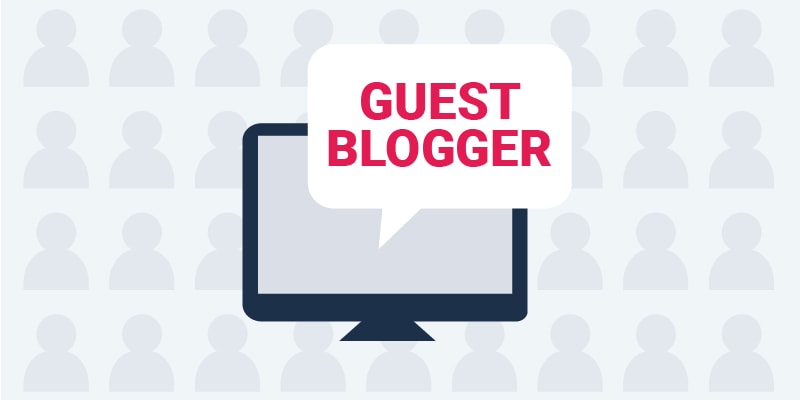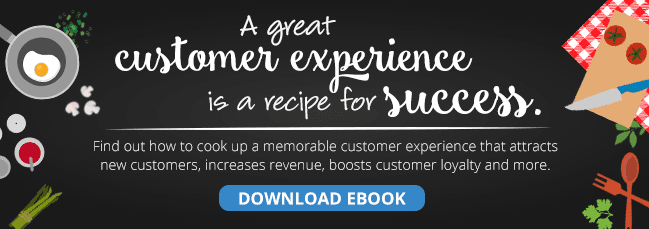Thank you to Gideon Thomas, VP of Marketing and Growth at DealHub, for this guest blog post.
In today’s world of rapid-fire product release where – it’s been said – if your product is good someone will copy it, what sets one company apart from the next when everything else is equal? When product and price are virtually the same, how do you differentiate your product from the next company’s? The answer is simple and yet sometimes so elusive: customer experience.
Implementing account-based marketing (ABM), and tightly aligning marketing and sales, is the number one value marketers can bring to the customer experience today. ABM is the strategy of defining the target list of accounts that you want to approach, and creating the channels, messaging and content to communicate with them in a way that feels personalized. Rather than marketing and sales speaking to a persona, you go deeper and speak at the brand level and the individual level.
According to a Forrester study on the state of ABM, “When it comes to business value, 37 percent of those responding say they can demonstrate tighter coordination between marketing and sales.”
Laura Ramos of Forrester goes on to suggest that the M in ABM be replaced with an E for Engagement and that “B2B marketing and sales teams ready to move from ABM to ABE must see it as a customer engagement strategy, not a set of tactics or tools.” Forrester’s latest research shows that “marketers strongly agree that personalized content (56 percent) and advanced data management (43 percent) are keys to ABM success.”
Aligning Account-Based Marketing and Account-Based Selling
ABM is most effective when there is a seamless handoff from marketing to account-based selling (ABS). ABM relies on personalization to gain trust and build a relationship with the potential customer. But it’s just not enough in today’s market to be personalized from lead to opportunity (marketing). The messaging must stay both consistent and personalized from opportunity to close (sales) to continue customer engagement.
Unfortunately, this level of personalization that enhances the customer experience and accelerates sales deals isn’t the norm. Too often, sales doesn’t continue the personalized journey with the buyer. They revert to manual sales processes, sending generic messaging and sharing the same handful of content assets that they are comfortable with. They miss the opportunity to leverage the data that marketing has collected to deliver a deeper level of personalization based on buyer engagement and needs. They miss the chance to say, “We understand your pain. No one else can solve your pain the way we do.”
The Challenge of Personalization in Sales
A study by Demand Metric found that 48 percent of B2B sellers who incorporated personalization in their marketing strategy rate their marketing as more effective, while 32 percent rate their marketing strategy as much more effective.
Here’s the challenge: when the salesperson must send out 20, 30, 40 or more complex sales quotes per month, how does that person maintain the personalization that marketing started? How can account-based sales (ABS) be improved to align with ABM, thereby providing the best customer experience?
The answer lies in improved personalization of sales proposals and the supporting content delivered to prospects. When a lead is entered in Microsoft Dynamics, the marketing team knows what content the lead has already seen and how they engaged with it. At the opportunity level, marketing collects account-based information such as geography, currency, number of employees, target verticals and size of the sales organization. That information should be used to inform sales to deliver even deeper personalization and account-specific content inside the sales proposal.
Rather than sending the same content and repeating the same message that marketing has already delivered to the buyer, sales should leverage the opportunity to drill deeper into the buyer’s pain and deliver content that addresses their specific needs. When ABM and ABS work in harmony, the customer wins.
A Better Customer Experience Through Personalization
Every customer wants to be recognized for their uniqueness and know they’re not just another sale. They want to know the vendor understands their pain points and is there to help. When a vendor cares enough to maintain detailed personalization throughout the buying journey, the customer is going to trust them more than a vendor who starts off with personalized content and messaging and then becomes generic when it’s time to close the deal.
Microsoft CEO Satya Nadella recently said, “You can’t claim trust, you have to earn it every day.”
We have the opportunity to use ABM and ABS to earn our customers’ trust through unified personalization, from the beginning of their journey with us to the close of the sale.
When the entire buying experience has been personalized, first the customer wins, then you win.










